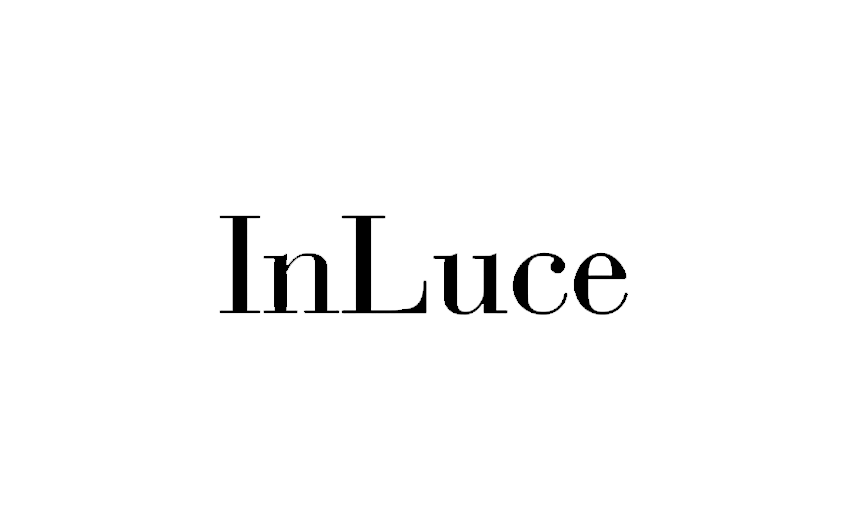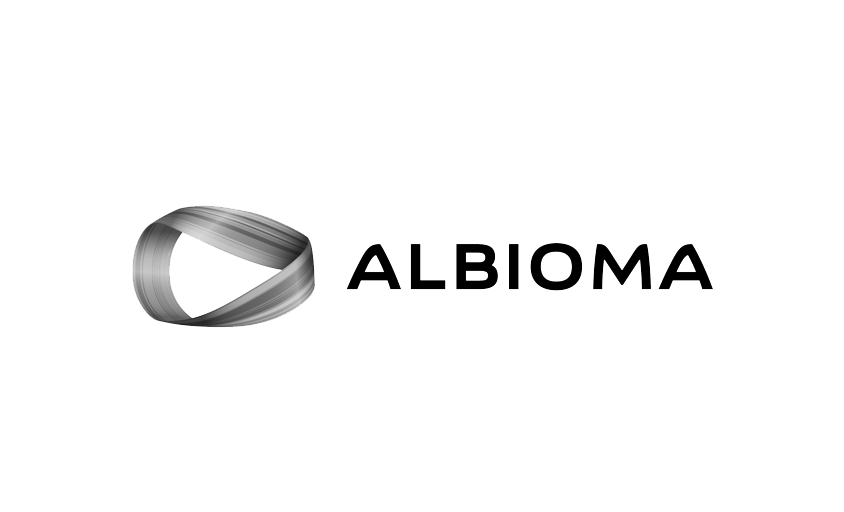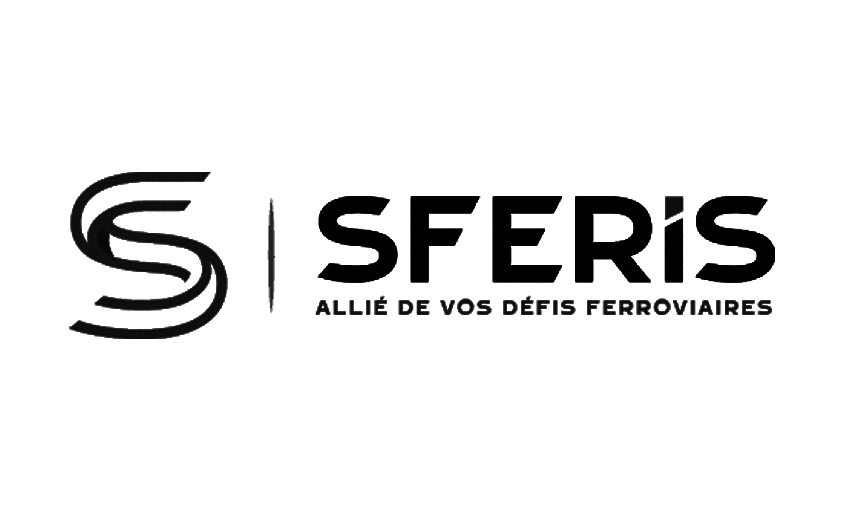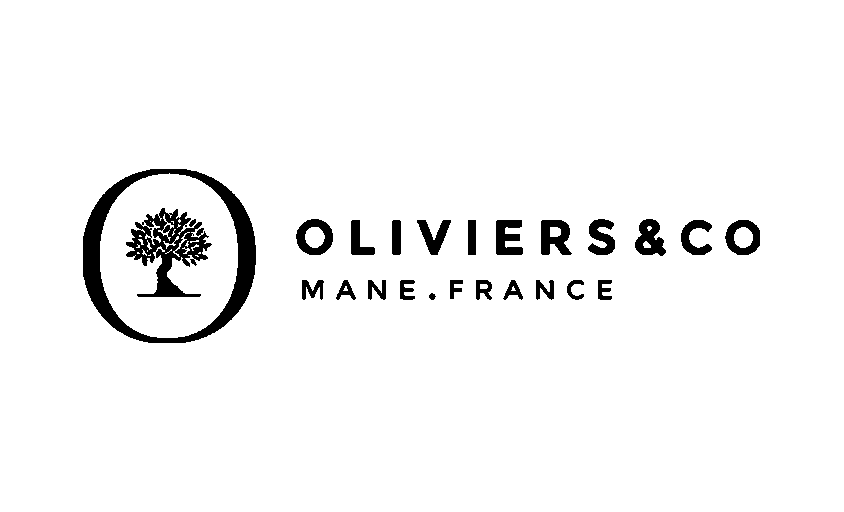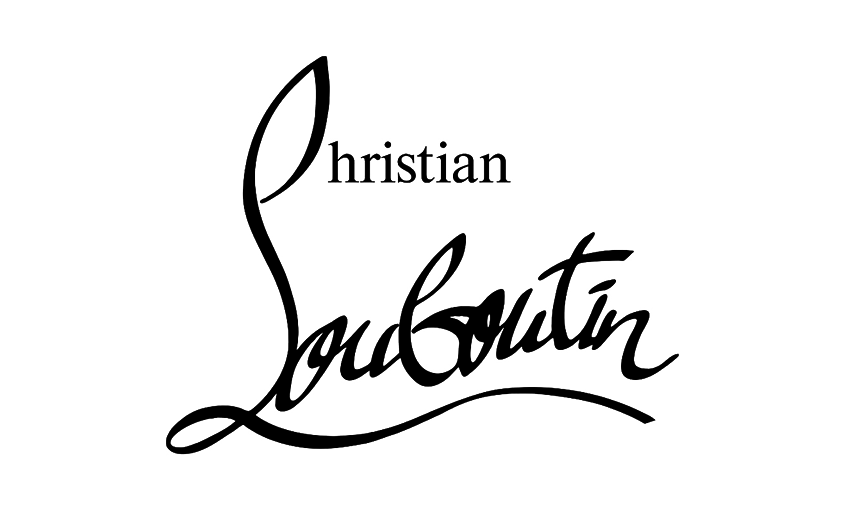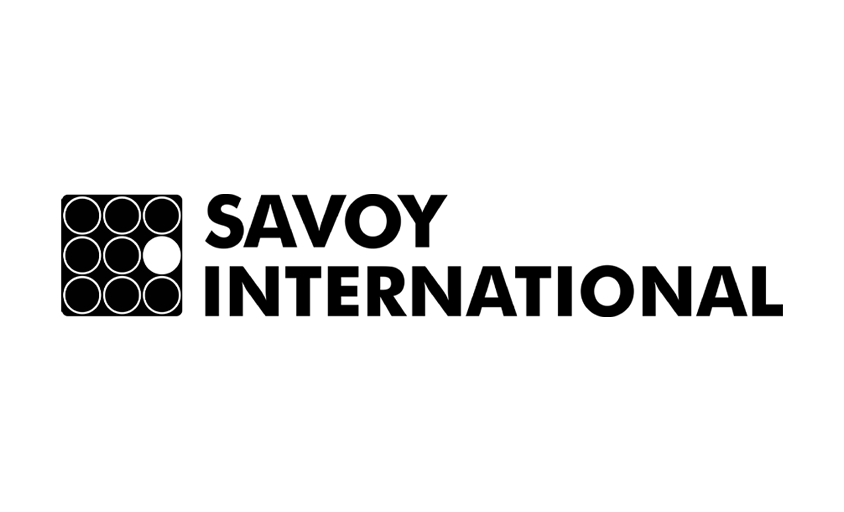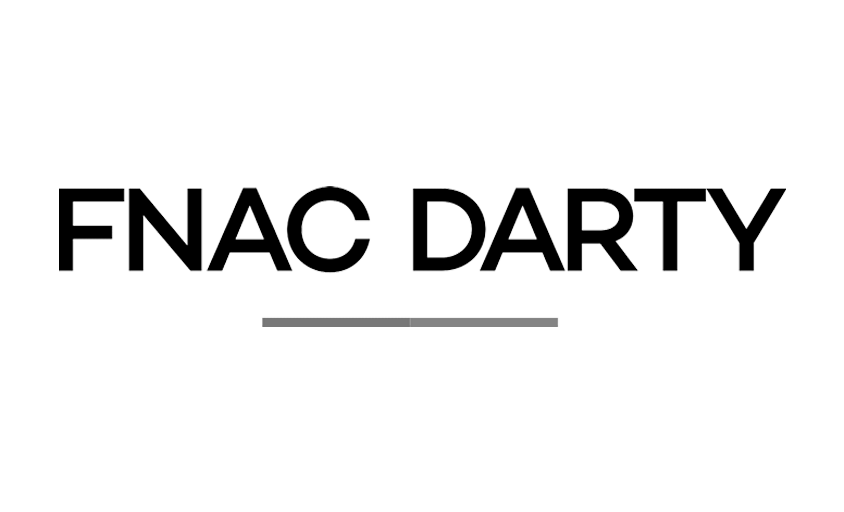Gray or Color Charts
In this article :
Mastering exposure and white balance is essential in photography, and using a gray chart proves to be a valuable tool to achieve these goals. Whether you’re an amateur or professional photographer, this article explores the various applications of the gray chart and its benefits, while highlighting its limitations in certain contexts.
Other Considerations for Exposing Photos
Using a gray chart in photography can simplify finding the correct exposure, especially with continuous light sources. However, its use with flash can be more complex, requiring several attempts before achieving the desired exposure. In such cases, a handheld flashmeter, which measures incident light, is a precise and effective alternative.
The use of the gray chart also slows down the workflow. It is ideal for sessions where enough preparation time is available and the optimal quality is sought. For instance, in fashion photography, the chart is a frequently used tool. In contrast, for disciplines like street photography, faster but less precise methods may be preferred.
Adjusting White Balance with a Gray Chart
One of the most common uses of a gray chart is for setting a custom white balance. While cameras offer predefined options, such as “sunny” or “cloudy,” these do not always eliminate color casts from ambient light. A gray chart can help achieve a completely neutral color cast.
General procedure for adjusting white balance:
-
Select the matrix or center-weighted metering mode.
-
Take a photo of the gray chart.
-
In the camera menu, access the “Custom White Balance” setting.
-
Choose the photo taken as the reference.
-
Enable custom white balance in the available options.
Note that the steps may vary depending on the camera make and model. The user manual is often needed to fine-tune this procedure.
The choice of gray chart depends on the photographer’s specific needs and the type of shoot. A gray chart with 90% reflectance is often preferred for precise white balance adjustment. This high value ensures a neutral color reproduction, minimizing the risk of color casts. In contrast, an 18% chart, commonly used for exposure measurement, may introduce more noise into the image, especially in low-light conditions.
Some models combine these two surfaces (18% and 90%), providing versatility appreciated by demanding professionals. A “color-check” chart, which includes calibrated color patches, is an ideal choice for projects requiring precise light spectrum management, particularly in advertising and fashion. These charts allow for correcting not only the white balance but also color integrity in post-production, ensuring flawless consistency across the entire workflow.
Choosing the Right Chart for a Specific Use
The choice of gray chart depends on the photographer’s specific needs and the type of shoot. A 90% reflectance gray chart is often preferred for precise white balance adjustment. This high value ensures neutral color reproduction, minimizing the risk of color casts. In contrast, an 18% chart, often used for exposure measurement, may introduce more noise into the image, particularly in low-light conditions.
Some models combine these two surfaces (18% and 90%), providing valuable versatility for demanding professionals. A “color-check” chart, such as the famous X-Rite ColorChecker, incorporates calibrated color patches. It is an ideal choice for projects that require precise light spectrum management, particularly in advertising and fashion sectors. These charts not only correct the white balance but also ensure faithful color reproduction in post-production, guaranteeing flawless consistency throughout the workflow.
Another important factor to consider is the durability of the chart. Laminated or durable material charts offer better longevity, especially for outdoor shoots where conditions may be demanding. This makes them a strategic investment for any professional photographer.
White Balance and Post-Processing
The usefulness of the gray chart extends beyond the shoot; it plays a crucial role in post-processing, particularly for photographers working in RAW format. During a session, it is advisable to capture a photo of the chart at the beginning or each time the light source changes. This reference image becomes a valuable tool for standardizing the white balance across all shots.
In post-processing, software like Adobe Lightroom, Capture One, and Photoshop offer advanced features to calibrate colors. By sampling the neutral gray from the chart in the reference photo, adjustments can be uniformly applied to all images in a series. This ensures essential color consistency, particularly for professional projects involving multiple shots under varying lighting conditions.
Additionally, some software allows for creating presets or custom profiles based on the chart, further streamlining the workflow for future projects. This process not only saves time but also ensures high-quality, consistent deliverables.
What is a “Good” Exposure?
The definition of a “good” exposure varies depending on the artistic and technical intentions of the photographer. Technically, it refers to a precise measurement of incoming light, showing 0 EV on the camera’s built-in light meter. This ensures that neither highlights nor shadows are excessively clipped, providing a balanced foundation.
However, this technical neutrality can be adjusted to meet creative goals. For example:
- A slightly positive exposure (+1 EV or +2 EV) can be used to achieve a high-key effect, emphasizing light tones and creating a bright and airy atmosphere.
- Conversely, a negative exposure (-1 EV or more) is perfect for a low-key effect, highlighting shadows and contrasts for a dramatic mood.
As for white balance, a neutral base is often the starting point. However, it can be intentionally adjusted to enhance a specific mood: a warmer color temperature for a sunset or cooler for a winter scene. Thus, the “good” exposure and white balance depend not only on technical standards but also on the story the photographer wishes to tell through their image.
Conclusion
The gray chart remains a simple yet powerful tool for controlling exposure and white balance. Ideal in the absence of a light meter, it ensures essential accuracy for optimal shots.
Jérémy Carlo is the editorial director at Rétines, where he ensures the consistency and clarity of all content produced by the studio. His role goes beyond writing—he shapes the tone, structures the messages, and upholds a precise, demanding editorial line that stays true to the identity of Rétines. With a background in visual communication and solid experience in content strategy, he bridges the technical world of photography with clear, no-frills writing.
Jérémy works closely with photographers, art directors, and the commercial team to make sure every word published serves the image, the message, and the brand. From blog articles and client presentations to social media posts and internal documents—everything is filtered through his attentive eye. His strength lies in making complex ideas accessible without oversimplifying, and in highlighting the studio’s work without relying on unnecessary superlatives.
Through his writing, Jérémy helps Rétines exist beyond the image—by giving context to projects, emphasizing the thinking behind each shoot, and bringing to light the technical and aesthetic choices that drive each photograph.
Our Clients
Let’s discuss
What we do for you at Rétines
Meticulous work, an organised project and fast delivery. And to achieve this, we mobilise the right resources in our teams at the right time.
01
Pre-production
Artistic and technical direction tailored to the project.
Relevant recommendations on content, form and resources.
02
Photo Shooting
Photos taken by our experienced photographers.
Production that’s controlled, efficient and tailored to the needs of the project, with nothing superfluous.
03
Retouching
Technique
Photographs magnified by our retouching team.
Post-production to meet the commercial challenges of the brief.


